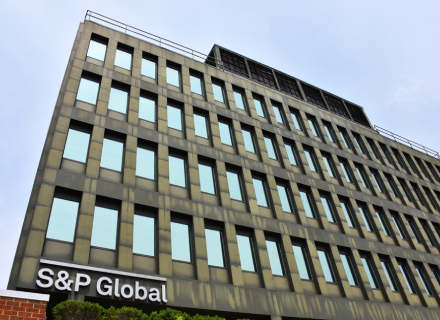Dubai’s gross general government debt will drop from 70% of GDP in 2021 to 34% of GDP, or USD 50 billion, by the end of the current year.
According to S&P Global’s remarks, it anticipates that a USD 15 billion facility from Abu Dhabi and the UAE Central Bank will be rolled over, along with a loan from Emirates NBD and bilateral and syndicated facilities.
S&P Global stated that it does not anticipate further debt issuance for the deficit financing over the next two years because it projects fiscal surpluses from 2024–2027.
The projections do not, however, account for debt financing for the USD 35 billion Al Maktoum Airport expansion project or the USD 8.2 billion Tasreef rainwater drainage network project, which was approved following significant flooding in April.
Additional listings could provide the government with additional liquidity after the listing of government-related entities (GREs) like Empower, Parkin, and Dubai Taxi, according to S&P Global.
According to S&P, the real estate and tourism industries should aid in deleverage and lower rollover risks, even though the liabilities resulting from the GREs burden public finances.
However, it also stated that the public sector’s fiscal sustainability may be impacted by the relatively high GRE debt and its possible rise.
The agency projects real GDP growth in Dubai to be close to 3% on average between 2024 and 2027, after a 3.3% growth in 2023. Thus far, the effects of geopolitical tensions have been minimal.
As per S&P Global, which cited the Dubai Land Department, the emirate witnessed a 37% increase in value and a 45% increase in real estate transactions in the second quarter of 2024.
Since the absorption depends on the emirate’s population growth and demand trends, there is a risk of oversupply.
However, the ratings agency projected price stabilisation from 2025–2026, when a large supply of pre-sold properties will be delivered.


